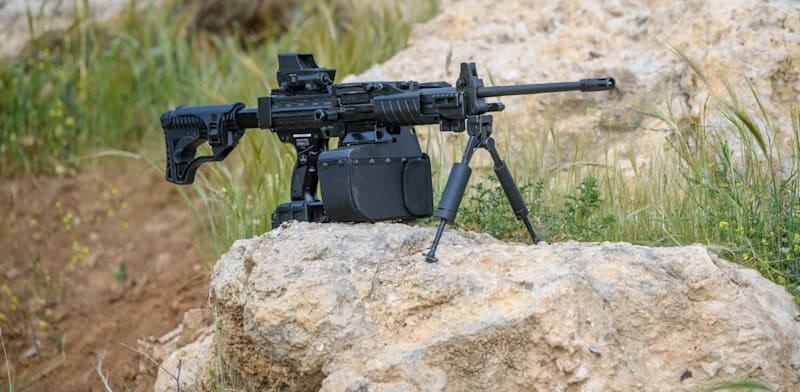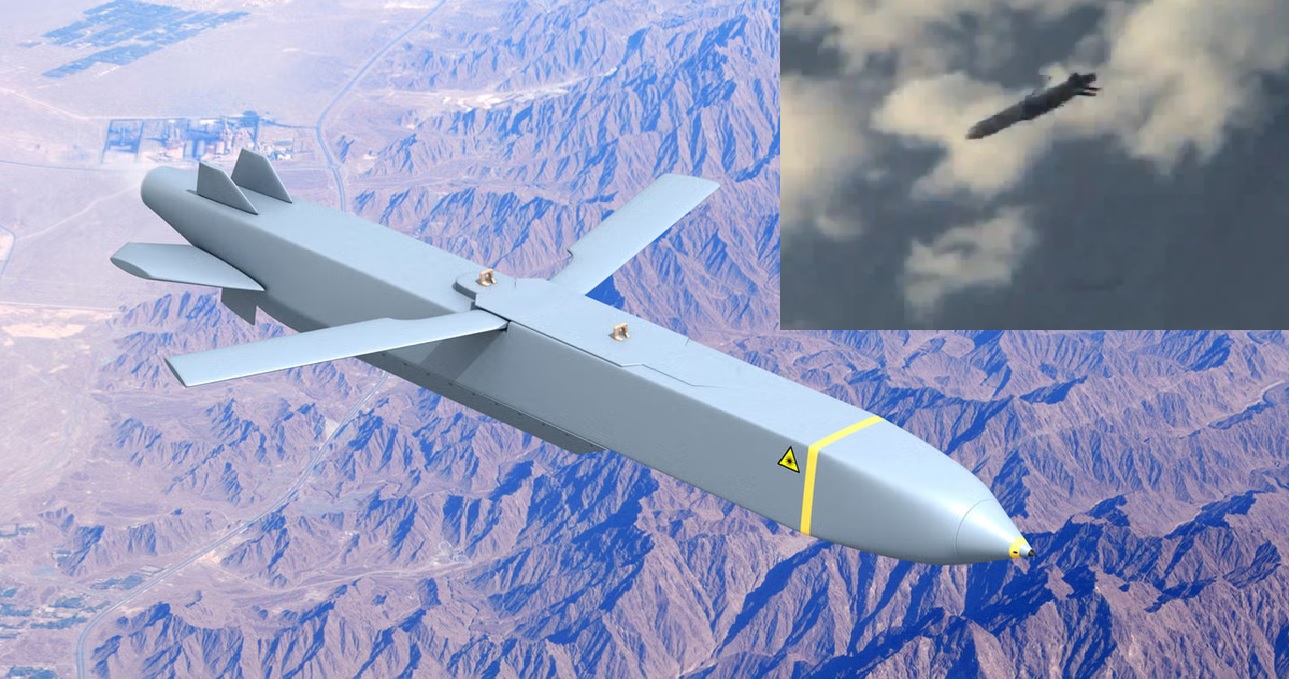India’s SWiFT Program Moves to Full-Scale Development: A New Era for Stealth Combat Drones

In a major leap for India’s defense capabilities, the Indian Air Force (IAF) has given the green light to fully develop the Defence Research and Development Organisation’s (DRDO) Stealth Wing Flying Testbed (SWiFT) program. Originally conceived as a technology demonstrator, SWiFT has now transitioned into a full-scale project aimed at producing a 1-ton Unmanned Combat Aerial Vehicle (UCAV). This UCAV is set to play a vital role in India’s future air combat strategies, with a focus on stealth, intelligence, and precision strike capabilities.
The SWiFT program is no longer just a testbed; it’s evolving into a full-fledged unmanned aircraft with serious combat potential. The IAF’s approval signifies a broader strategic push towards enhancing unmanned capabilities in line with modern warfare requirements. The project’s elevation from a mere demonstrator to a sophisticated combat-ready UCAV signals India’s intent to develop unmanned systems that are capable of performing deep strike missions, intelligence, surveillance, and reconnaissance (ISR) operations, and combat support tasks—all while evading enemy detection.
Stealth and Precision: Core Features of the SWiFT UCAV
The SWiFT UCAV is being designed to carry out a range of high-risk missions, especially in environments that are heavily defended by advanced air defense systems. To achieve this, the platform’s stealth characteristics are critical. One of its standout features will be the internal weapons bay, a common trait in modern stealth aircraft. By carrying weapons like precision-guided bombs inside the fuselage, SWiFT minimizes its radar cross-section, maintaining its low observable profile during combat.
This internal configuration is key to ensuring that the UCAV remains hidden from enemy radar while still packing a punch in terms of firepower. The ability to deliver precision-guided munitions without compromising stealth makes SWiFT an ideal platform for penetrating hostile airspace, where traditional manned aircraft could face significant risks.
Powered by India’s Own Small Turbo Fan Engine (STFE)
At the heart of the SWiFT’s capabilities is the Small Turbo Fan Engine (STFE), which has already proven itself in India’s Nirbhay cruise missile program. The STFE is a compact yet powerful engine, designed to meet the specific demands of unmanned aircraft. Its integration into SWiFT will provide the thrust necessary for the UCAV to perform a range of missions, from deep strikes on enemy infrastructure to extended ISR operations.
The engine’s compact size complements the UCAV’s stealth design, ensuring that SWiFT remains agile and can stay undetected while flying at high speeds. The STFE’s proven reliability in the Nirbhay missile makes it a natural choice for SWiFT, offering long endurance and enough power to carry out a variety of missions.
A Versatile Combat Platform
The SWiFT UCAV is not just about stealth—it’s about versatility. With a payload capacity of 1 ton, the aircraft can be configured for different roles depending on the mission. In its mini-bomber configuration, it can strike deep into enemy territory, delivering high-precision attacks on critical targets. In ISR mode, SWiFT will be able to provide real-time intelligence to military commanders, giving them the information they need to make swift, informed decisions on the battlefield.
The drone’s ability to switch between offensive and reconnaissance roles makes it a multi-purpose asset for the IAF, capable of operating in complex, contested airspace where manned aircraft might face greater risks. In contested environments, SWiFT will be able to carry out high-risk missions, gather critical intelligence, and perform strikes without endangering the lives of human pilots.
Strategic Importance of Stealth UCAVs for the IAF
The development of stealth UCAVs like SWiFT marks a strategic shift in India’s defense strategy, particularly in how it approaches future aerial combat. As air defense systems become more advanced, the need for aircraft that can operate undetected is more critical than ever. The SWiFT’s stealth capabilities give the IAF a significant advantage, especially in situations where survivability and precision are paramount.
By investing in stealth unmanned platforms, India is preparing itself for a future where UCAVs will play a key role in not just gathering intelligence but also in delivering strikes deep within enemy lines. The SWiFT program positions India alongside other major military powers that are increasingly relying on unmanned systems to perform complex missions in high-threat environments.
The decision to move SWiFT into full-scale development reflects the growing importance of unmanned, stealthy combat aircraft in modern warfare. With its stealth features, versatile mission capabilities, and the reliable STFE engine, SWiFT represents a crucial step forward in India’s quest for an advanced aerial combat fleet that can take on a wide range of threats, all while reducing the risk to human pilots.
The Indian Air Force’s decision to fully back the SWiFT program represents a major milestone for India’s defense capabilities. By transitioning the platform from a technology demonstrator to a fully operational UCAV, the DRDO and IAF are embracing a future where stealth, precision, and unmanned systems play an increasingly important role. With the SWiFT UCAV in its arsenal, India will be better equipped to tackle modern threats and maintain a competitive edge in aerial warfare.
The SWiFT UCAV is set to be a game-changer, providing India with an indigenous, stealthy, and versatile platform capable of performing a range of critical missions. As the program moves forward, it will likely serve as a cornerstone of India’s future air combat strategies, ensuring that the nation remains at the forefront of unmanned aerial technology.


